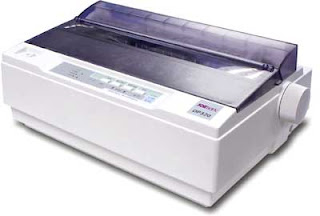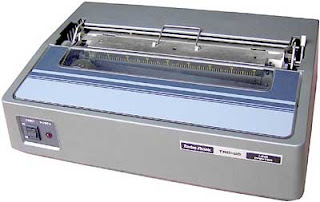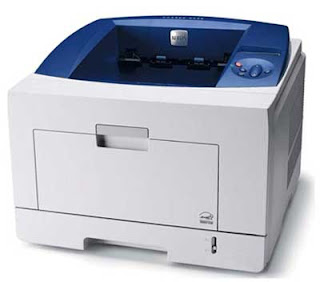Computer Fundamentals- Output Devices
Following are some of the important output devices used in a
computer.
- Monitors
- Graphic Plotter
- Printer
1. Monitors
Monitors, commonly
called as Visual Display Unit (VDU), are the main output
device of a computer. It forms images from tiny dots, called pixels that are
arranged in a rectangular form. The sharpness of the image depends upon the
number of pixels.
There are two kinds of
viewing screen used for monitors.
- Cathode-Ray
Tube (CRT)
- Flat-Panel
Display
1.
Cathode-Ray
Tube (CRT) Monitor
The CRT display is
made up of small picture elements called pixels. It takes more than one
illuminated pixel to form a whole character, such as the letter ‘e’ in the word
help.
Most screens are capable of displaying 80 characters
of data horizontally and 25 lines vertically.
There are some disadvantages of CRT −
- Large
in Size
- High power consumption
2.
Flat-Panel
Display Monitor
The flat-panel display
refers to a class of video devices that have reduced volume, weight and power requirement
in comparison to the CRT. Current uses of flat-panel displays include
calculators, video games, monitors, laptop computer, and graphics display.
The flat-panel display
is divided into two categories –
·
Emissive Displays
Emissive displays are
devices that convert electrical energy into light. For example, plasma panel
and LED (Light-Emitting Diodes).
·
Non-Emissive Displays
Non-emissive displays
use optical effects to convert sunlight or light from some other source into
graphics patterns. For example, LCD (Liquid-Crystal Device).
2. Printers
Printer is an output
device, which is used to print information on paper.
There are two types of printers −
- Impact
Printers
- Non-Impact
Printers
I. Impact Printers
Impact printers print
the characters by striking them on the ribbon, which is then pressed on the
paper.
Characteristics of Impact Printers are the following −
- Very
low consumable costs
- Very
noisy
- Useful
for bulk printing due to low cost
- There
is physical contact with the paper to produce an image
These printers are of two types −
- Character
printers
- Line
printers
Ø Character Printers
Character printers are
the printers which print one character at a time.
These are further
divided into two types:
- Dot
Matrix Printer(DMP)
- Daisy
Wheel
Ø Dot Matrix Printer
Advantages
- Inexpensive
- Widely Used
- Other language characters can
be printed
Disadvantages
- Slow Speed
- Poor Quality
Ø Daisy Wheel
Advantages
- More reliable than DMP
- Better quality
- Fonts of character can be
easily changed
Disadvantages
- Slower than DMP
- Noisy
- More expensive than DMP
Ø Line Printers
Line printers are the printers which print one line at a
time.
These are of two types −
- Drum
Printer
- Chain
Printer
Ø Drum Printer
Advantages
- Very
high speed
Disadvantages
- Very
expensive
- Characters
fonts cannot be changed
Ø Chain Printer
Advantages
- Character
fonts can easily be changed.
- Different
languages can be used with the same printer.
Disadvantages
- Noisy
2.Non-impact Printers
Non-impact printers
print the characters without using the ribbon. These printers print a complete
page at a time, thus they are also called as Page Printers.
These printers are of two types −
- Laser
Printers
- Inkjet
Printers
Characteristics of
Non-impact Printers
- Faster
than impact printers
- They
are not noisy
- High
quality
- Supports
many fonts and different character size
Ø Laser Printers
These are non-impact
page printers. They use laser lights to produce the dots needed to form the
characters to be printed on a page.
Advantages
- Very high speed
- Very high quality output
- Good graphics quality
- Supports many fonts and
different character size
Disadvantages
- Expensive
- Cannot be used to produce
multiple copies of a document in a single printing
Ø Inkjet Printers
Inkjet printers are non-impact character printers based on a
relatively new technology. They print characters by spraying small drops of ink
onto paper. Inkjet printers produce high quality output with presentable
features.
Color printing is
also possible. Some models of Inkjet printers can produce multiple copies of
printing also.
Advantages
- High quality printing
- More reliable
Disadvantages
- Expensive as the cost per page
is high
- Slow as compared to laser
printer













No comments:
Post a Comment